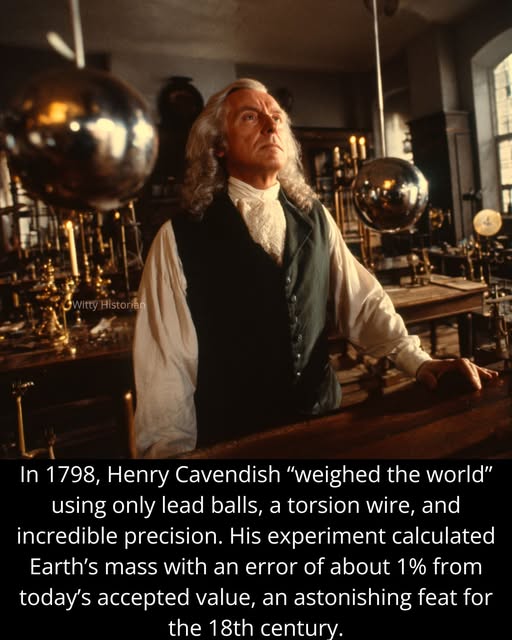
In 1798, English scientist Henry Cavendish carried out one of the most delicate experiments in history when he “weighed the world.” Using a simple setup of lead spheres suspended by a thin torsion wire, he measured the tiny gravitational attraction between them. This allowed him to calculate the density of the Earth and, indirectly, its total mass, something no one had done before.
Cavendish’s apparatus consisted of a horizontal rod with small lead balls at each end, suspended from a fine wire. Larger stationary lead balls were placed nearby, and the faint twist in the wire caused by gravitational pull was observed with astonishing care. Every movement had to be measured through reflections of light to avoid disturbing the setup, as even breathing near it could ruin the results.
With only 18th century tools, Cavendish’s calculations came within about 1 percent of the modern accepted value for Earth’s mass. His “Cavendish experiment” not only confirmed Newton’s law of universal gravitation but also paved the way for measuring the gravitational constant, a cornerstone of modern physics.
